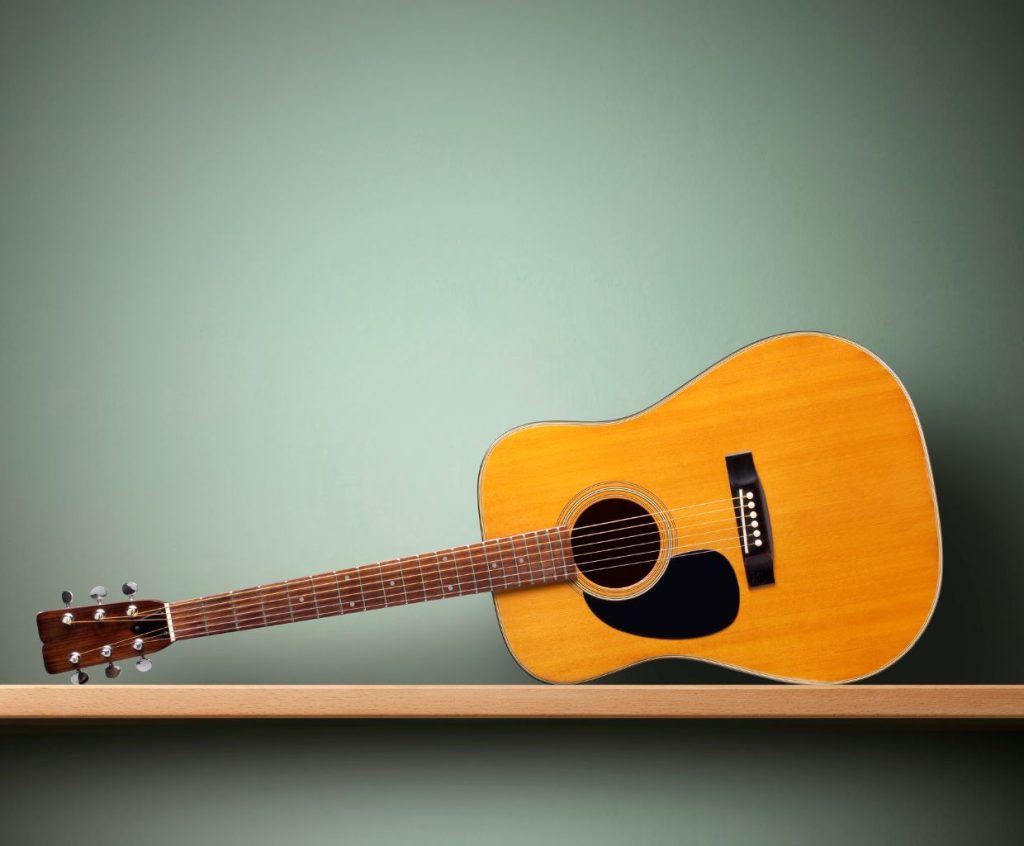Stringing A Guitar Tips & Tricks: How To String A Guitar
To have the best possible results, your guitar strings must be in good shape, correctly stringed and they must be the appropriate strings for your guitar. Many problems, such us bad definition, tuning or fret buzz, just like the loss of volume and elasticity, could be caused by old strings. The strings must be replaced. The frequency of changing strings varies depending on how often you play and how you play.
You should choose the method that Works better for you in terms of effectiveness and efficiency, for example, some people prefers to change strings one by one keeping the other ones on tune while other players prefer to take them all off with the purpose of cleaning the fretboard (not recommendable on acoustic guitars). The new strings always take some time to settle in. I will give you some tips to help avoid the most common mistakes while stringing a guitar.
Table of Contents
Tips For Stringing A Guitar
- You should never use Steel strings in a guitar design for nylon strings.
- Take off the old ones carefully, they may damage the finish of your guitar.
- The string shouldn’t have lots of spins in the tuning pots. Two or three spins are enough.
- The spins shouldn’t be overlapping.
- The string must be tense while you adjust it.
- You must stretch the string with a special key.
- When you change the caliber of your strings you must calibrate your truss rod.
- You must not stretch excessively the strings since it may damage the over-winding of the string.
- Snip off excess string. You will avoid the sharp ends.
How To String A Classical Guitar (Nylon Strings)
Knotting The Bridge
When You are stringing a guitar, pass the end of the string through front side bridge hole (about 7 cm). Wrap the end portion of the string over the bridge and under itself making a few spins of the string on itself to make the string knotted. Finally, you stretch the string towards the headstock. It’s important to make sure that the last roll stays in the backside of the bridge.
This is another way of knotting the last strings (6th, 5th and 4th). You pass the final 5 cm. of string through the bridge hole to the front side of the bridge. You pull off tip of string passing it over the bridge and under the string itself leaving a knot.
Attaching The String To The Tuning Peg
You have to spin tuning peg till the hole has a 90-degree angle with the headstock. You pass the string through the hole downwards, pull of that tip of the string towards and make a little loop.
To have a better angle within the tuning peg and the nut, the first and last string should be rolled outwardly and the rest of the strings inwards.
How To String An Acoustic Guitar And Electric Guitar (Steel Strings)
Attaching To The Tuning Peg
You pass the string through the tuning post hole the length of the string plus 5 cm. to allow more than one spin during tuning. After that, you take the other tip of the string around and in front of the tuning post. You make a knot in the end below and around and from behind upwards of the headstock. Pull of the end of the string to adjust knot. Now, you can stretch the string with one hand letting the end of the string go but keeping tension, on the string right next to the fretboard with the other hand.
One the string is tight enough, and the end is in a convenient place, you must cut the excess of the string. Then tune your guitar. It will only be necessary two or three spins of the string around the tuning post during tuning, that’s on my preference. Some people prefer to roll the string a little more, or el little less. It’s all about personal taste. A large string it only
The last and the first strings we’ll be the only ones that should be rolled outwards of the headstock, just like the classical guitar to leave the smallest possible angle between the tuning post and the nut. the concept is the same in electric guitars but the post is horizontal. The rolling should go through the headstock, downwards.
“Those aren’t proved methods and approved by scientist, but I’ve learnt them and they worked great for me in terms of speed and effectiveness. Try them and then tell me.”






